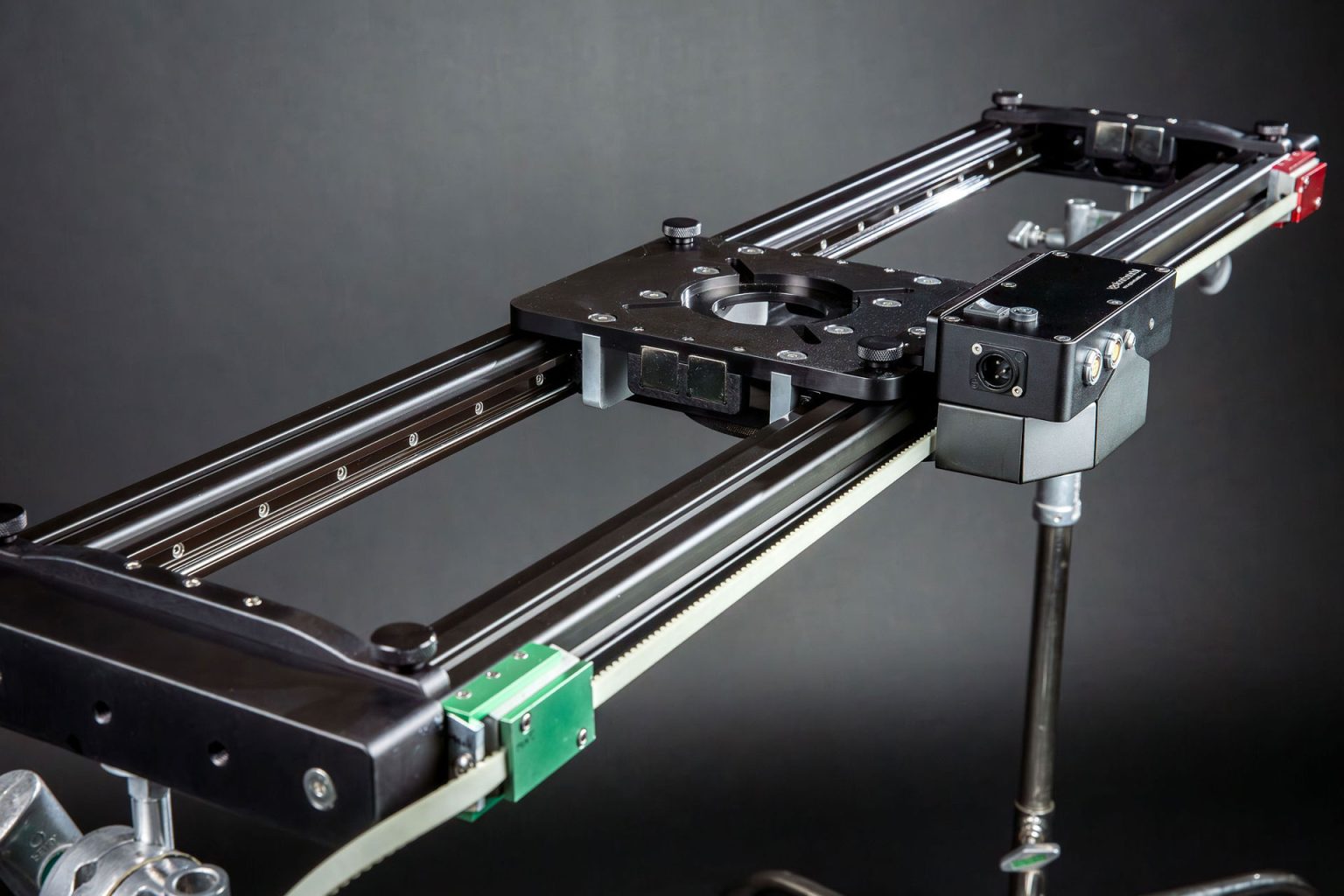In content creation, solo videographers often face the challenge of capturing professional-quality footage without the support of a full crew. Every detail, from framing to camera movement, must be managed single-handedly. This is where the wireless camera slider comes into play—a tool that has become a true game-changer for solo videographers.
The Power of Going Wireless
Traditional camera sliders are effective tools for creating smooth, controlled camera movements, but they typically require manual operation. This can be limiting for a solo videographer, who must juggle multiple tasks at once. Enter the wireless camera slider, which frees you from the need to be physically present at the slider, allowing you to focus on other critical aspects of your shoot.
With a wireless slider, you can control the movement of your camera remotely using a smartphone or tablet. This flexibility means you can adjust your shot, change the speed, or reverse the direction of the slider without leaving your position behind the camera or even across the set. The result? You can capture complex, dynamic shots with ease, all while maintaining complete control over your production.
Achieving Professional-Quality Shots Solo
One of the most significant advantages of a wireless camera slider is the ability to achieve professional-quality shots without needing a full crew. Typically, capturing smooth tracking shots, reveal shots, or time-lapses would require at least one additional person to operate the camera slider manually. However, with a wireless slider, you can manage these shots on your own, reducing the need for an extra hands-on set.
This level of autonomy is particularly valuable for solo videographers working on tight budgets or those who prefer to work independently. The ability to create smooth, repeatable movements ensures that your footage looks polished and professional, whether you’re shooting a commercial, a vlog, or a cinematic project.
Enhanced Creative Control
Wireless camera sliders also offer enhanced creative control, allowing solo videographers to experiment with different shot types and movements that might be challenging or impossible with a manual slider. For example, you can easily set up and execute complex camera movements, such as a slow pan combined with a forward slide, creating dynamic and engaging footage.
Moreover, many wireless sliders come with programmable settings, enabling you to pre-set specific movements and recall them at the touch of a button. This feature is particularly useful for time-lapse photography, where precise, slow movements are essential for creating stunning visuals.
Efficiency and Convenience on Set
Efficiency is key when you’re working alone, and a wireless camera slider helps streamline your workflow. By automating the camera movement, you can focus on other important aspects of your production, such as lighting, sound, or directing talent. This multitasking capability not only saves time but also enhances the overall quality of your project, as you’re able to give more attention to each element of the shoot.
Additionally, the convenience of wireless control means you can easily adjust your setup without needing to reposition yourself constantly. Whether you’re capturing a complicated shot or just fine-tuning your composition, the ability to make real-time adjustments remotely makes the shooting process smoother and more enjoyable.
Conclusion:
The wireless camera slider is more than just a tool—it’s a game-changer for solo videographers. Offering the freedom to control camera movement remotely, enables you to achieve professional-quality shots without the need for additional crew members. This innovation not only enhances your creative potential but also makes your workflow more efficient and convenient.
For solo content creators who strive to produce high-quality work independently, investing in a wireless camera slider is a smart move. It’s a versatile, powerful tool that empowers you to take your videography to the next level, all while maintaining the flexibility and autonomy that solo creators value most.
FAQs:
1. How does a wireless camera slider benefit solo videographers?
- A wireless camera slider allows solo videographers to control camera movements remotely, enabling them to capture professional-quality shots without the need for additional crew members. This flexibility helps streamline the shooting process and enhances creative possibilities.
2. Can I use a wireless camera slider for time-lapse photography?
- Yes, many wireless camera sliders come with programmable settings that are perfect for time-lapse photography. You can set precise, slow movements to create stunning, dynamic time-lapses with ease.
3. What are the main advantages of using a wireless camera slider over a traditional slider?
- A wireless camera slider offers the convenience of remote control, allowing you to adjust shots without being physically present at the slider. This feature is particularly beneficial for solo videographers, as it provides greater flexibility, efficiency, and creative control during shoots.



